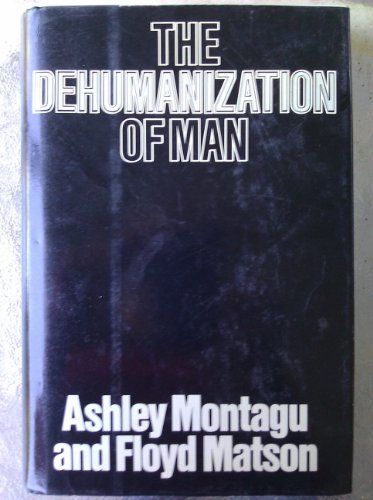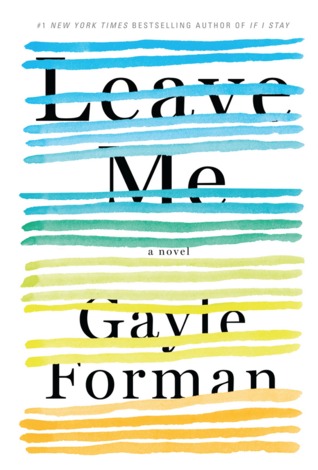Llewelyn Moss is a poor man living in a small Texas town who happens across a satchel containing two million dollars in drug money. Like a fairy tale gift, the satchel is also cursed, in this case with Anton Chirguh, out to retrieve the cash and kill anyone who impedes or even inconveniences him. Pursuing them both, and trying to make sense of it all, is the protagonist, aged Sheriff Bell.
The entire novel has an apocalyptic tint, a sense of virtues gone sour, of a world abandoned by God and running down towards some squalid, preordained end. Both Moss and Chirguh stubbornly refuse to ever quit, and this leads directly to their respective fates, but the kindly Bell lacks that fortitude. It is difficult to believe that the author of Blood Meridian means us to take seriously the notion that the world has become that much worse (certainly Chirguh, as terrifying as he is, is no Judge Holden), and certain revelations about the past of the Sheriff and his family reinforce the impression that Bell may be fooling himself by thinking the past was any better than the present. There may be some hope for the future, after all, presented by the end. Two boys headed in different directions suggest the possibility of choice, and that the path the world is on (if it is on a path, and not in a place) is perhaps not inevitable, but if that is so, it is one of the few times in the novel anyone seems to have a choice, as the logic or illogic of events push and pull them onward and downward. Perhaps some of that is the result of the power of McCarthy's writing, which here as elsewhere has an intensity that holds the reader captive and fixes the story firmly in the memory.















